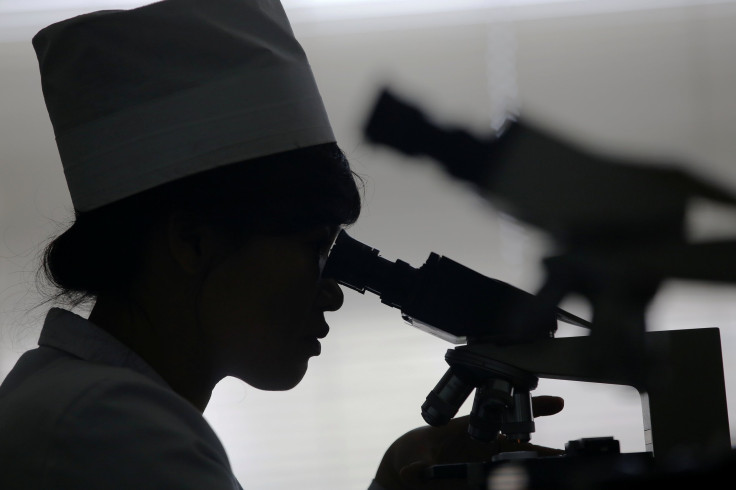Australian researchers develop new microscope that will ‘open scientific doors’; Device to give new insights at microscopic level

Australia’s Newcastle University researchers have unveiled the first prototype of a new microscope that will open unknown “scientific doors” in the science kingdom. The new device is expected to pave way for new scientific discoveries. The scanning helium microscope would provide new insights on structures at the microscopic level.
The microscope has been developed at the Newcastle University and UK’s University of Cambridge. Associate professor Paul Dastoor from the Newcastle University has been working on the scanning helium microscope (SHeM) for 20 years. Dastoor pointed out a known problem area that this microscope will address.
Traditional microscopes use light to penetrate samples. Many a time this damages the samples. The new microscope will analyse samples in their true state and that will enable scientists and researchers study animal and plant samples, humans as well as pharmaceutical drugs and computer chips without changing or damaging them.
Dastoor also pointed out that every time somebody invented a miscroscope, there had been huge scientific advances. He is sure that this new world-first microscope will open new doors.
“We wouldn't know anything about bacteria without the development of the optical microscope. We wouldn't know anything about nanotechnology, without the development of the electron microscope. What exactly will the new helium microscope tell us? We don't know yet. What will it open the doors to? We don't know yet, but it will open doors,” Dastoor told the ABC.
The scanning helium microscope is expected to be immensely helpful for information technology, defence, explosives and solar energy industries. The SHeM will enable scientists to see minuscule objects in very high resolution. The microscope will have widespread applications in other areas too. For example, Dastoor believes that the SHeM can be used to clean-up radioactive and toxic spills without harming flora and fauna.
The groundbreaking SHeM can also help in removing carbon monoxide from exhaust gases. Defence industry may use it to come up with stealth technologies and new explosives. The possibilities are endless in areas of delicate materials, pharmaceuticals and biological sciences.
“For the first time in mankind's history we have a microscope that can study human samples in their true, unmasked state. It will enable a new point of view for things like parasites, cell cultures and bacteria,” Dastoor added.






